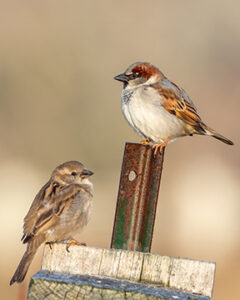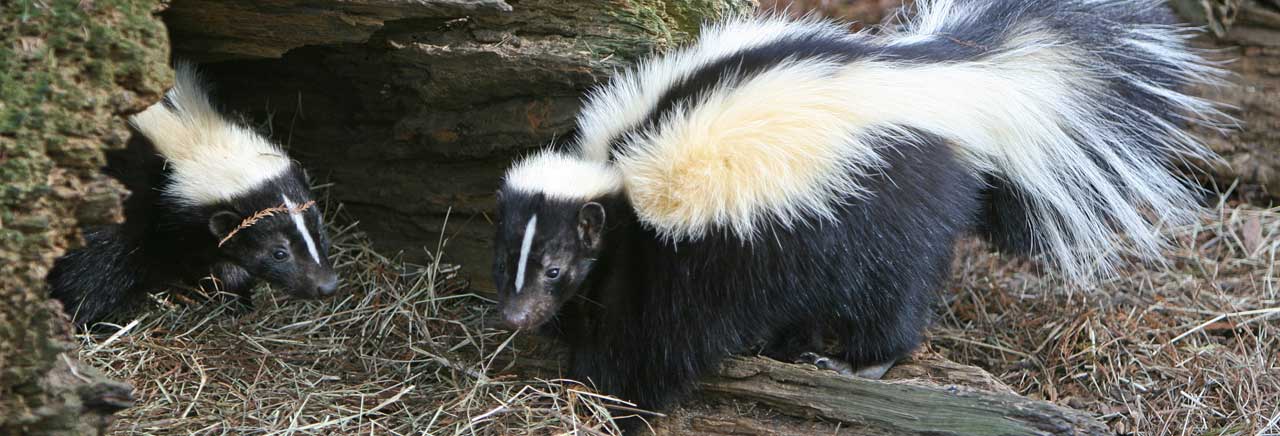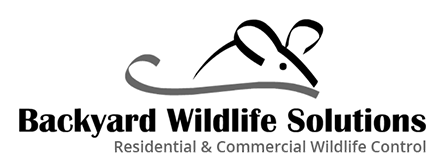
House sparrows may look harmless, but they are another harmful and invasive bird species like starlings. The house sparrows originated in the middle east and have since spread throughout the world; they are extremely adaptable to their environment.
They are found wherever people are; cities, neighborhoods, and farms. However, they avoid dense woods. They will often cluster in dense bushes.
What do they look like?
Male house sparrows are brightly colored with gray heads, white cheeks, a black bib, and a rufous neck. Female house sparrows are mainly plain brown with gray-brown underparts. Moreover, each of their backs is striped with black and brown feathers.
What do they do?
House sparrows prefer to nest in or near buildings, they also get very noisy. Sparrows will create their nests above shutters, doorways, dryer vents, or other undesirable areas. Not only are they noisy, but they also leave debris like nesting materials and droppings near their nesting areas. Their droppings are hazardous and can contain histoplasmosis which can be harmful and cause illness in humans.
Like the starling, house sparrows are an invasive bird species that are harmful to native birds like bluebirds. They also intimidate other species by dominating feeders and nests.
The removal process
Because house sparrows are considered an invasive bird species, they are not a protected species. For jobs such as birds behind shutters or birds above doorway headers, we are able to remove the nesting material and debris. During clean-up, we take all proper precautions and use PPE throughout the process due to the many diseases bids carry.
We then are able to birdproof your home. Depending on where the birds are nesting, we may need to perform exclusion on shutters, doorways, and any potential entry points.
Give us a call or contact us if you have noticed sparrows in or around your home!


